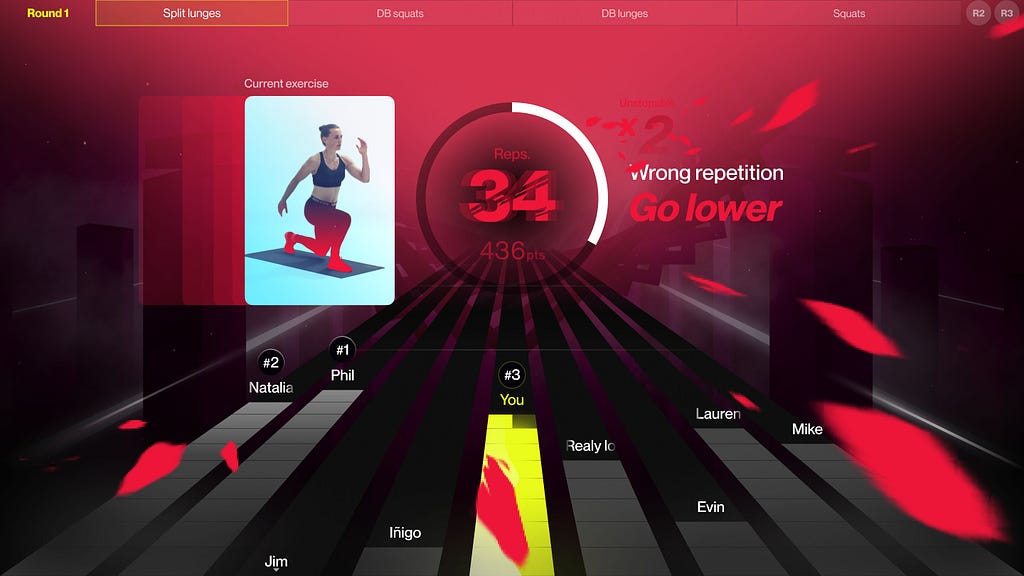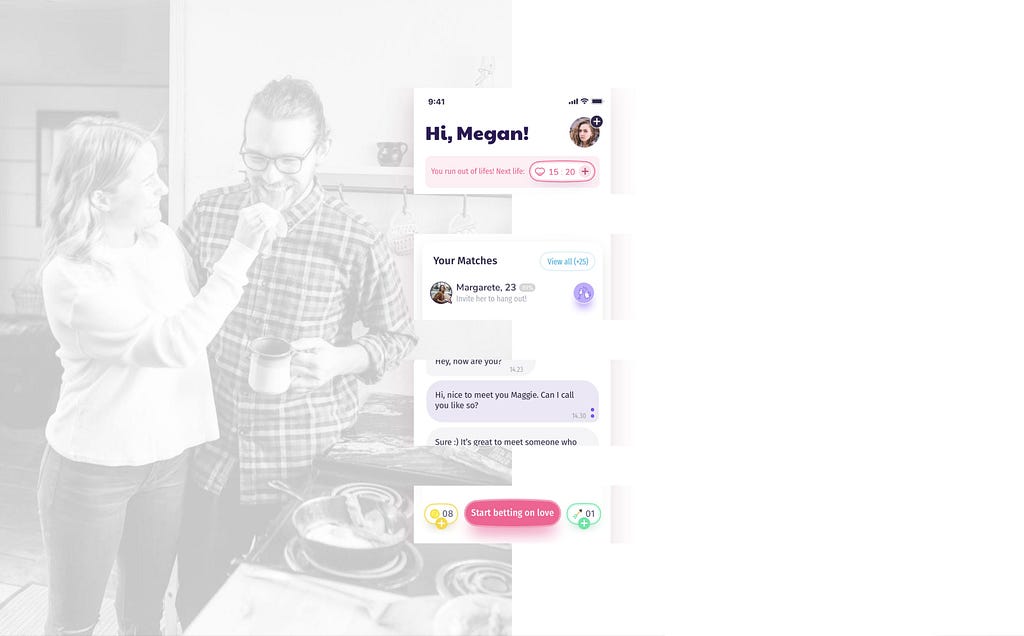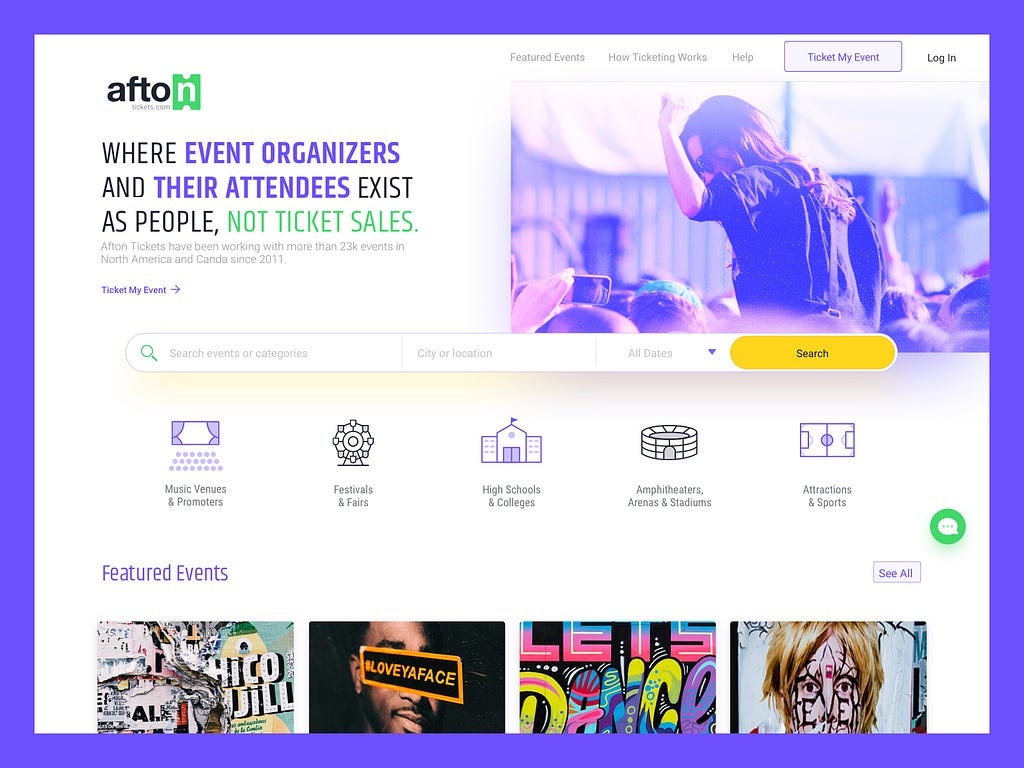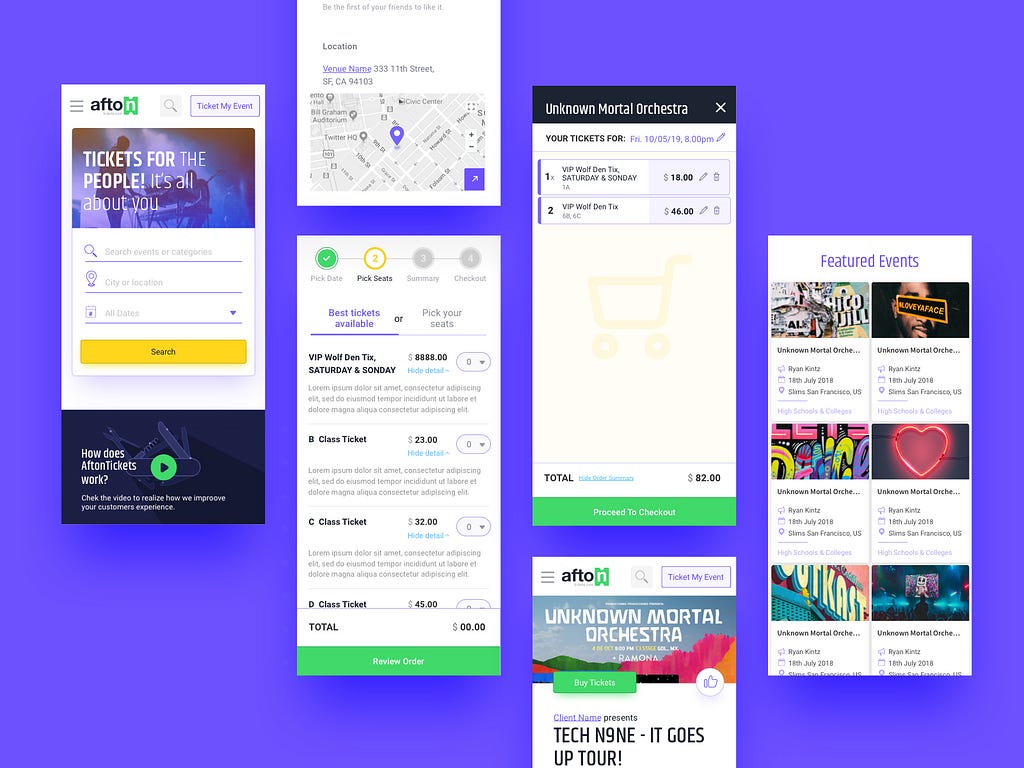The Power of Emotional Design: Transforming UX at Flambee Digital Agency
At Flambee Digital Agency, we believe in creating digital experiences that resonate deeply with users. Emotional design is more than just a buzzword — it’s a critical component of effective UX that transforms interactions into meaningful connections. Let’s explore why designing for emotion matters and how you can integrate it into your design process.
Why Emotional Design Matters
Think of something that holds sentimental value for you — a keepsake, a cherished gift, or a favorite tool. The attachment you feel isn’t just about the object’s functionality; it’s about the emotional connection. This connection happens on three levels of emotional processing: visceral, behavioral, and reflective.
By tapping into these levels, we can create designs that aren’t just useful but also deeply satisfying and memorable.
Understanding the Three Levels of Emotional Design
1. Visceral Design
This is the instinctive, subconscious reaction to an object or interface. It’s the initial impression that can evoke feelings of excitement, attraction, or even repulsion. For example, the sleek design of a sports car or the tactile satisfaction of a perfectly weighted smartphone engages our senses and elicits immediate emotional responses.
Key Elements of Visceral Design:
Visual appeal: Clean lines, vibrant colors, and aesthetically pleasing layouts.
Sensory engagement: Use of high-quality images, pleasing sounds, and intuitive touch feedback.
Minimalism: Reducing clutter to focus on essential elements and create a sense of calm.
2. Behavioral Design
Behavioral design focuses on the usability and functionality of a product. It’s about ensuring that interactions are intuitive and meet user expectations. When a product works seamlessly, it generates positive emotional responses through satisfaction and ease of use.
Key Elements of Behavioral Design:
Consistency: Familiar design patterns and predictable interactions.
Feedback: Real-time responses to user actions, such as confirmation messages and progress indicators.
Ergonomics: Designing controls and interfaces that are easy to use and accessible.
3. Reflective Design
Reflective design delves into the deeper, conscious thought processes and how a product aligns with a user’s identity and values. This level is about long-term emotional connections and how a product makes users feel about themselves and their choices.
Key Elements of Reflective Design:
Brand alignment: Consistency in brand messaging and design across all touchpoints.
User values: Designing products that resonate with users’ beliefs and lifestyle.
Legacy: Ensuring new products feel like a natural evolution of previous ones, maintaining brand DNA.
How We Implement Emotional Design at Flambee Digital Agency
At Flambee, we prioritize emotional design in all our projects. Here’s how we do it:
1. Visceral Design Strategies:
High-Quality Visuals: We use stunning imagery and clean, bold typography to create a strong first impression.

Engaging Animations: Subtle animations and transitions add a layer of delight and guide users smoothly through the interface.
Accessibility: Ensuring our designs are inclusive and cater to all users, enhancing the overall emotional experience.
2. Behavioral Design Strategies:
Usability Testing: Rigorous testing with real users to identify pain points and refine interactions.
Clear Feedback: Providing users with immediate and clear feedback to confirm actions and progress.

Intuitive Navigation: Simplifying complex workflows and ensuring consistency in navigation elements.
3. Reflective Design Strategies:
Brand Consistency: Maintaining a cohesive brand identity across all digital platforms and communications.


User-Centered Values: Designing with a deep understanding of our users’ values and goals.
Evolutionary Design: Innovating while preserving the core essence of the brand, ensuring continuity and trust.
Final Thoughts
Emotional design is at the heart of creating impactful and engaging user experiences. By understanding and leveraging the visceral, behavioral, and reflective levels of emotional processing, we at Flambee Digital Agency can craft designs that not only meet functional needs but also forge lasting emotional connections with users.
Remember, great design isn’t just about aesthetics or usability — it’s about creating an experience that resonates on a deeper, emotional level. Let’s build products that people love, trust, and remember.



